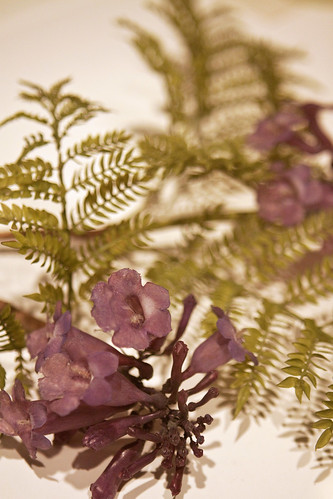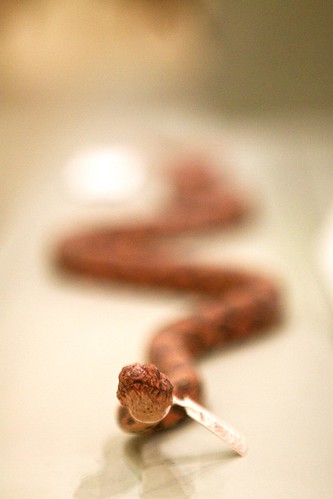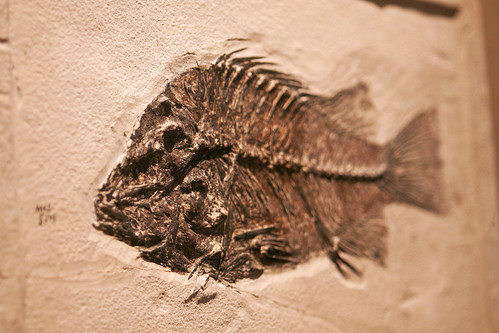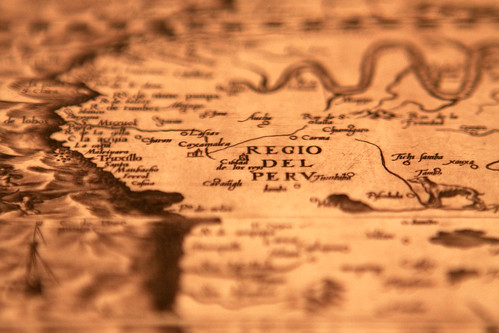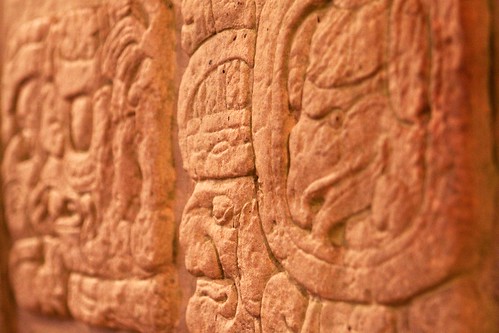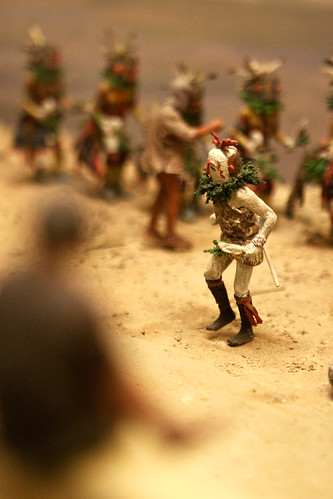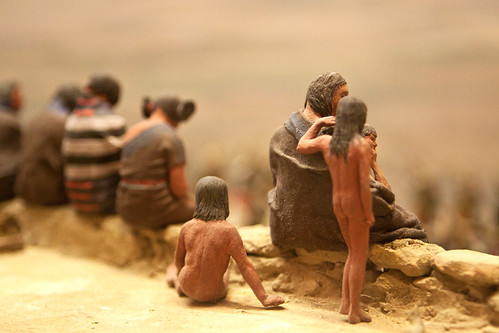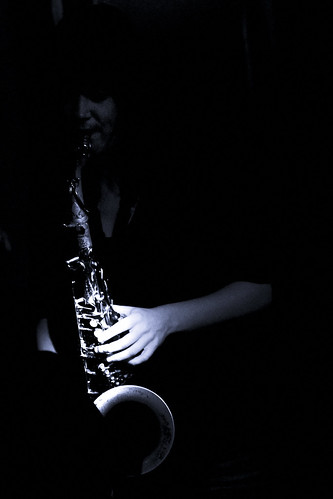This weekend I followed my own advice, and rented a lens to try out before deciding whether or not to buy it. As I suggest in my post Why You Shouldn’t Buy the Kit Lens, if you are considering purchasing an expensive lens or want to compare a couple similar lenses to decide which one to go with, rent one or both of them for a day or a weekend, and see how you like using them. Check with camera stores near you, or look into online lens rental sites that mail the lens to you, like LensRentals.com. I went to Calumet to rent, since there is a store near me and it’s pretty cheap for the weekend rate.
(click on any product links in the text to view the lenses on Amazon.com)
I rented the Canon 24-70mm f/2.8L since I’m curious how it compares to the Canon 24-105mm f/4L IS. While they have a similar focal-length range and can each serve as a great walk-around lens for everyday use, they have some differences that make it difficult to choose between the two. The 24-70mm is larger, significantly heavier (2.1 lbs. vs. 1.48 lbs.) and extends externally as you zoom. The 24-105mm has an internal zoom mechanism, and also has image stabilization (IS). But a major difference is the maximum aperture: f/2.8 vs. f/4.
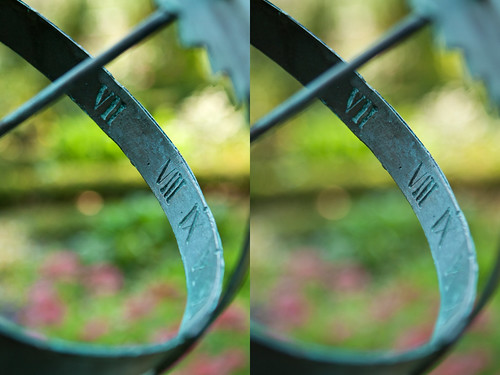
click here to view these images larger on Flickr – from the garden at the Longfellow House, Cambridge, MA
The wider maximum aperture of the 24-70mm makes it a “faster” lens, allowing it to be used in lower light, although the IS of the 24-105mm can make up for that shortcoming. Visually, the wider maximum aperture allows for shallower depth of field (dof) which provides more dramatically blurred backgrounds, or bokeh. While I have resisted using the term bokeh in my writing, I can’t really avoid it in this discussion because the difference between f/4 vs. f/2.8 is all in the bokeh. The above image demonstrates what that means. It refers to the “circles of confusion” of the out-of-focus areas of an image – their size, shape, edges, and quality. Both of the images are taken with the 24-70mm lens – at f/4 on the left, and f/2.8 on the right. You can see that while they both demonstrate dramatically shallow depth of field and background blurring, the image taken with the aperture set at f/2.8 shows a smoother blend of the background colors and contrasts. The images are from the garden of the Longfellow House in Cambridge, MA.
When I got my Canon 70-200mm f/4L IS lens, I chose the f/4 version rather than the f/2.8 IS version because it was smaller and significantly lighter, and I knew I would not dread using it on a long day of shooting as I feared I would with the 3.24 pound f/2.8 IS version. Three and a quarter pounds! (According to the Canon website. I’m not sure if that is right – Amazon says it is 2.9 lbs.) Anyway, that kind of weight might be an important consideration for someone traveling with a lens or using it for consecutive full days of shooting. I know it is a consideration for me. So, even though I got the f/4, I’ve wondered what I have been missing image-wise by not being able to open up to f/2.8. So I took these two images with the 24-70mm to see the difference, and it is more considerable than I had thought it would be.
I was very pleased with the 24-70mm. I had been concerned that I would want more range on the telephoto end, and I did end up with a lot of images taken at the 70mm focal length, but I didn’t usually feel like I needed or wanted to zoom in any closer. It really is a great range for everyday use. It is a big lens, but other than the weight, it feels great and is comfortable to use. You can’t deny its image quality, the bokeh is wonderful, but the weight is still a consideration and may dissuade me in the end.
Here is a great site at The-Digital-Picture.com to compare lenses, side by side. You can compare test images taken at various focal lengths and apertures. I will leave all the pixel peeping and debating of the merits of the 24-70mm vs. the 24-105mm to the forums, and just share a few photos I took with the 24-70mm at the Harvard Museum of Natural History and the adjoining Peabody Museum of Archaeology and Ethnology. All the images are hand-held, without flash, in very low lighting. The leaves and flowers in the images below are from the world renowned glass flower collection. Yes, they are made entirely of glass! Even those fall leaves. It is mind boggling, especially when viewing them in person.
If you are considering buying any of these lenses from Amazon.com, please use the links above, and I will get a little something for referring you. Or use this link to go directly to Amazon.com. I appreciate your support!


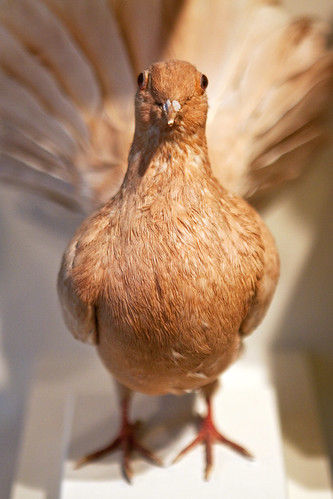
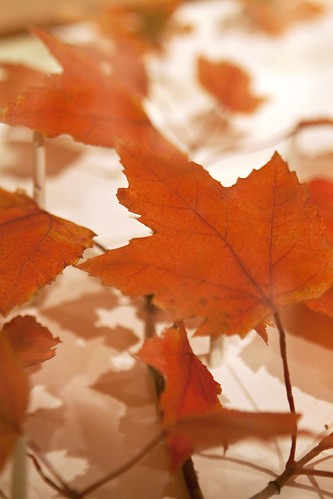
glass leaves above, glass flowers below. yes 100% made of glass!
